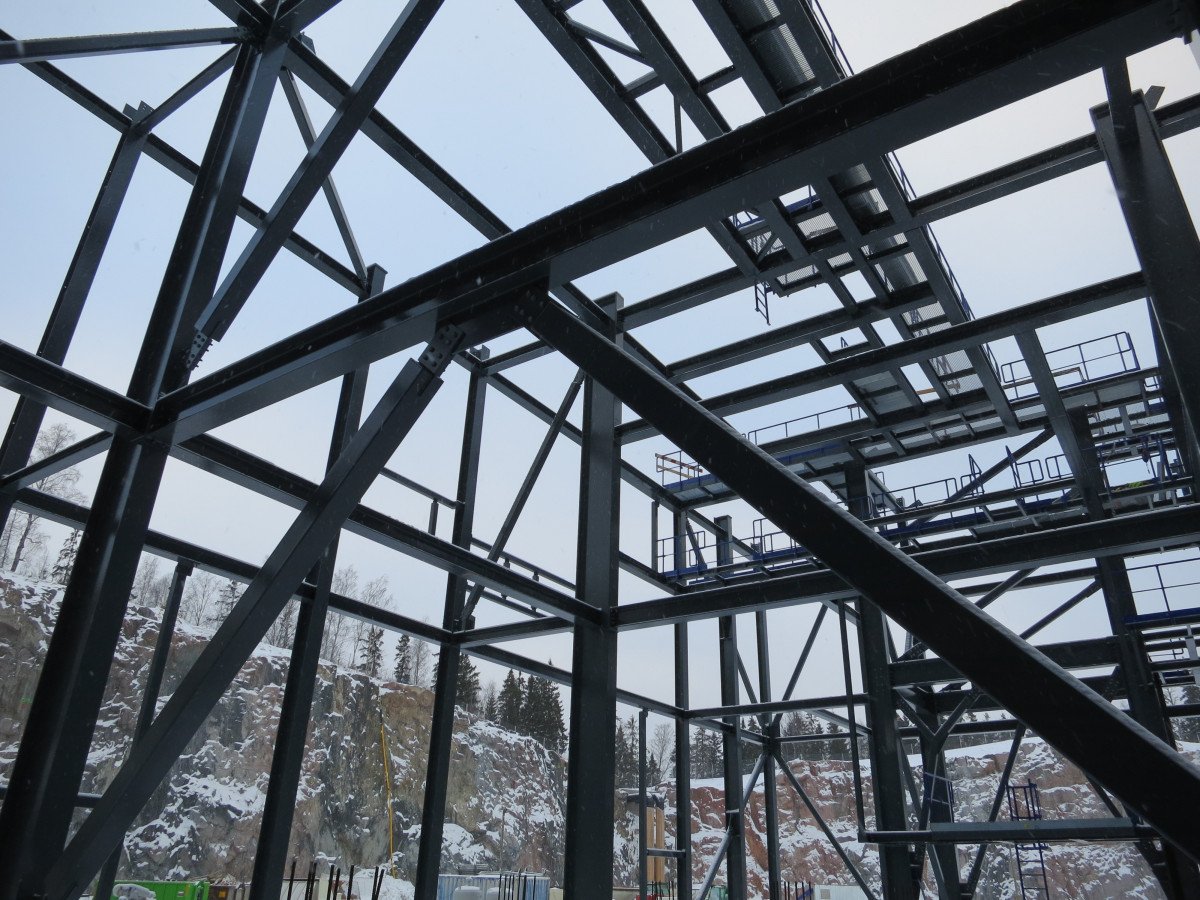Dominating Grain Bin Installation An Step-by-Step Tutorial
Setting up a grain bin is a crucial aspect of crop production that can considerably impact your agricultural practices. Whether you are a seasoned farmer or a beginner to the field, comprehending the details of grain bin installation is important for maximizing efficiency and guaranteeing the durability of your storage solution. A correctly set up grain bin not only protects your harvested crops from the environment but also helps maintain their standard and reduces spoilage.
This guide intends to offer you with a thorough, step-by-step method to installing a grain bin. From choosing an appropriate site and getting the area ready to assembling the bin and confirming sufficient ventilation, each step is vital in the overall success of your project. By following these guidelines, you will be better equipped to manage the challenges of grain bin installation and establish a reliable storage solution for your harvest.
Site Preparation
Before beginning the installation of a grain bin, it is important to adequately prepare the site to secure a successful and long-lasting outcome. Start by selecting a level area that is spacious enough to accommodate the dimensions of the grain bin you mean to install. The ground should be firm and secure, free from obstructions such as plants, rocks, or uneven terrain, which could influence the construction and operation of the bin. Performing a soil test can also help determine the soil’s weight-bearing capacity and whether extra ground stabilization is required.
Next, remove the chosen site of any plants and debris. This may involve cutting grass or taking out larger plants and trees. After the site is cleared, it’s vital to develop a proper drainage plan. Grain bins need to be set up away from areas prone to flooding, as excess moisture can lead to damage of the stored grain. Utilize drainage ditches or berms if necessary, to divert water away from the bin area and secure a dry foundation.
Finally, mark the exact location for the foundation of the grain bin. Use stakes and line to outline the bin’s perimeter. It’s crucial to ensure that the layout is square and accurately reflects the dimensions of the bin. Taking accurate measurements will eliminate issues during installation and help in achieving a smooth and efficient assembly process. Once the area is properly marked, you can proceed with constructing the foundation, which will provide a solid base for your grain bin.
Storage Construction
The assembly of the grain container is a vital phase that demands careful planning and execution. Begin by organizing all the components in a clear and organized manner. This ensures to verify that you have all essential parts at hand, reducing confusion during assembly. It is advantageous to have a comprehensive diagram or manual that describes how each component interlocks together. Familiarizing yourself with these guidelines before commencing will conserve time and effort later.
Next, start with the base setup, ensuring it is even and secure. The structure needs a sturdy foundation to bear the weight of the grain once the bin is loaded. Use braces or anchors to reinforce the base if needed, especially in areas prone to strong gusts or heavy storms. Once the base is firmly installed, proceed by fixing the wall sheets in a sequential manner, ensuring they fit snugly against each other to avoid any leaks. grain storage ideas
Finally, after all the wall sheets are in position, it’s time to fit the roof. This step is often done by securing the roof panels from the center outward, ensuring proper alignment and stability. It is crucial to check all joints for firmness and durability before deeming the bin finished. Once the roof is fitted, you can incorporate finishing touches such as vents and entryways, making sure the grain bin is ready for use.
Protection Considerations
When setting up a grain bin, safety should be the primary concern. Always wear proper personal protective equipment, such as safety helmets, hand protection, and reinforced boots. This equipment can help shield against hazards from above and provide essential support during weighty lifting. It is also crucial to work in pairs or teams to ensure that there is a team member always present in case of an emergency.
Ensure that the site for installation is clear of hazards and that the ground is firm. Check for underground utilities and any potential hazards, such as overhead power lines. Using appropriate lifting techniques and tools, like forklifts or winches, can prevent accidents while handling heavy materials. Moreover, brief all team members on safety procedures to ensure that everyone is informed and prepared.
Finally, be mindful of meteorological factors during installation. Precipitation, high winds, and extreme temperatures can create dangerous situations when working at elevated positions or with large equipment. Always assess the forecasted conditions before starting the setup, and delay work if the environment are unsafe. Focusing on safety will lead to a effective and secure grain bin installation.

